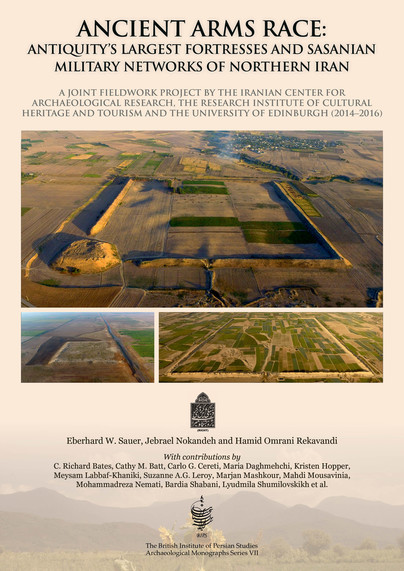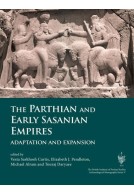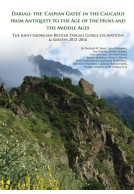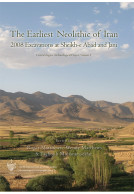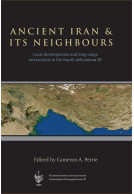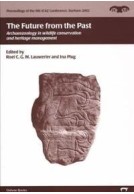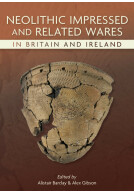Google Books previews are unavailable because you have chosen to turn off third party cookies for enhanced content. Visit our cookies page to review your cookie settings.
Ancient Arms Race: Antiquity's Largest Fortresses and Sasanian Military Networks of Northern Iran (Hardback)
A joint fieldwork project by the Iranian Center for Archaeological Research, the Research Institute of Cultural Heritage and Tourism and the University of Edinburgh (2014–2016)
By
Jebrael Nokandeh, Hamid Omrani Rekavandi, Eberhard Sauer
Imprint: Oxbow Books
Series: British Institute of Persian Studies Archaeological Monograph Series
Pages: 928
Illustrations: colour
ISBN: 9781789254624
Published: 25th June 2022
Script Academic & Professional
Imprint: Oxbow Books
Series: British Institute of Persian Studies Archaeological Monograph Series
Pages: 928
Illustrations: colour
ISBN: 9781789254624
Published: 25th June 2022
Script Academic & Professional
You'll be £90.00 closer to your next £10.00 credit when you purchase Ancient Arms Race: Antiquity's Largest Fortresses and Sasanian Military Networks of Northern Iran. What's this?
+£4.99 UK Delivery or free UK delivery if order is over £40
(click here for international delivery rates)
Need a currency converter? Check XE.com for live rates
(click here for international delivery rates)
Need a currency converter? Check XE.com for live rates
Which ancient army boasted the largest fortifications, and how did the competitive build-up of military capabilities shape world history? Few realise that imperial Rome had a serious competitor in Late Antiquity. Late Roman legionary bases, normally no larger than 5 ha, were dwarfed by Sasanian fortresses, often covering 40 ha, sometimes even 125–175 ha. The latter did not necessarily house permanent garrisons but sheltered large armies temporarily – perhaps numbering 10,000–50,000 men each. Even Roman camps and fortresses of the Early and High Empire did not reach the dimensions of their later Persian counterparts. The longest fort-lined wall of the late antique world was also Persian. Persia built up, between the fourth and sixth centuries AD, the most massive military infrastructure of any ancient or medieval Near Eastern empire – if not the ancient and medieval world. Much of the known defensive network was directed against Persia’s powerful neighbours in the north rather than the west. This may reflect differences in archaeological visibility more than troop numbers. Urban garrisons in the Romano-Persian frontier zone are much harder to identify than vast geometric compounds in marginal northern lands. Recent excavations in Iran have enabled us to precision-date two of the largest fortresses of Southwest Asia, both larger than any in the Roman world. Excavations in a Gorgan Wall fort have shed much new light on frontier life, and we have unearthed a massive bridge nearby. A sonar survey has traced the terminal of the Tammisheh Wall, now submerged under the waters of the Caspian Sea. Further work has focused on a vast city and settlements in the hinterland. Persia’s Imperial Power, our previous project, had already shed much light on the Great Wall of Gorgan, but it was our recent fieldwork that has thrown the sheer magnitude of Sasanian military infrastructure into sharp relief.
There are no reviews for this book. Register or Login now and you can be the first to post a review!
Customers who bought this title also bought...
Other titles in the series...
Other titles in Oxbow Books...







